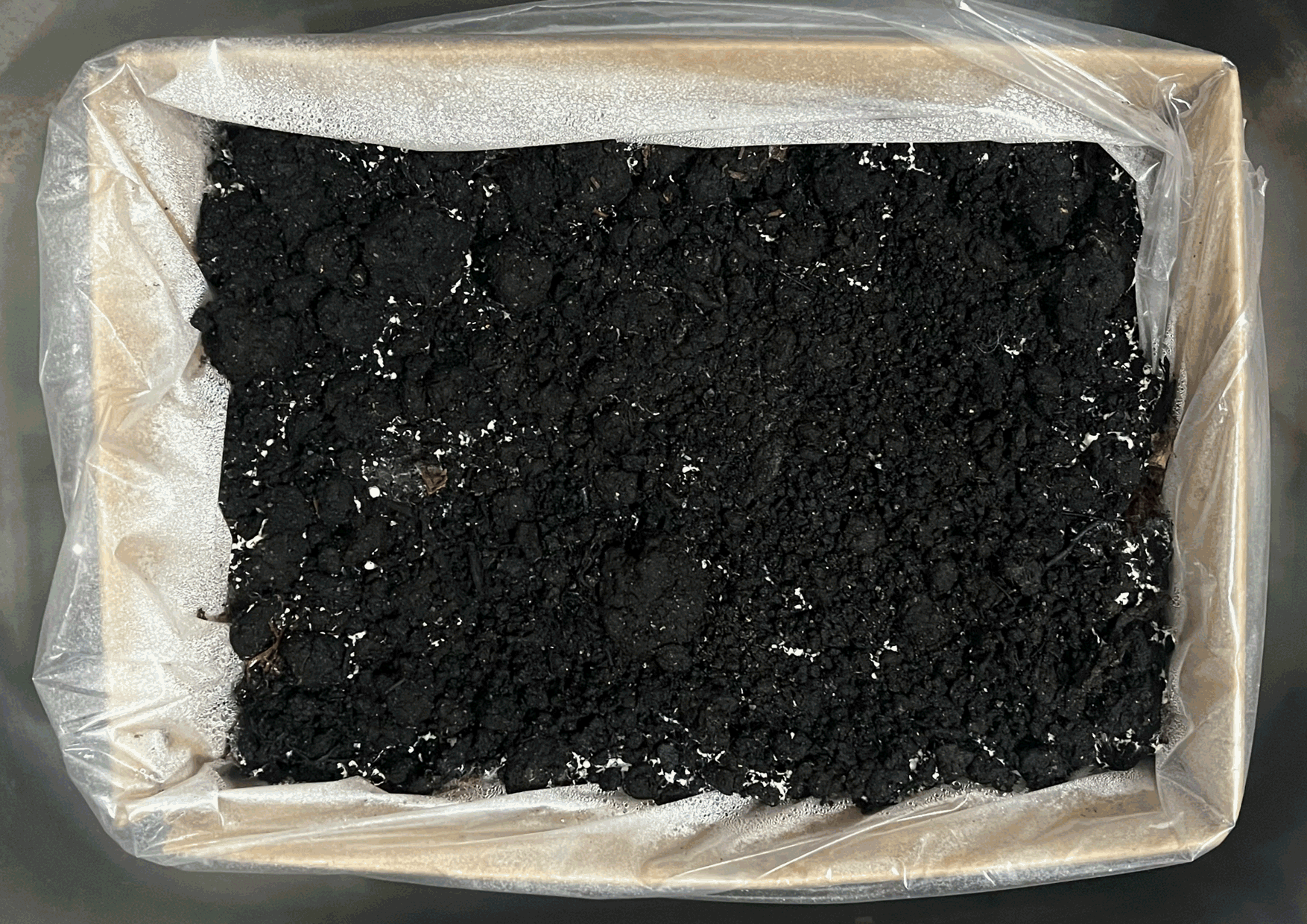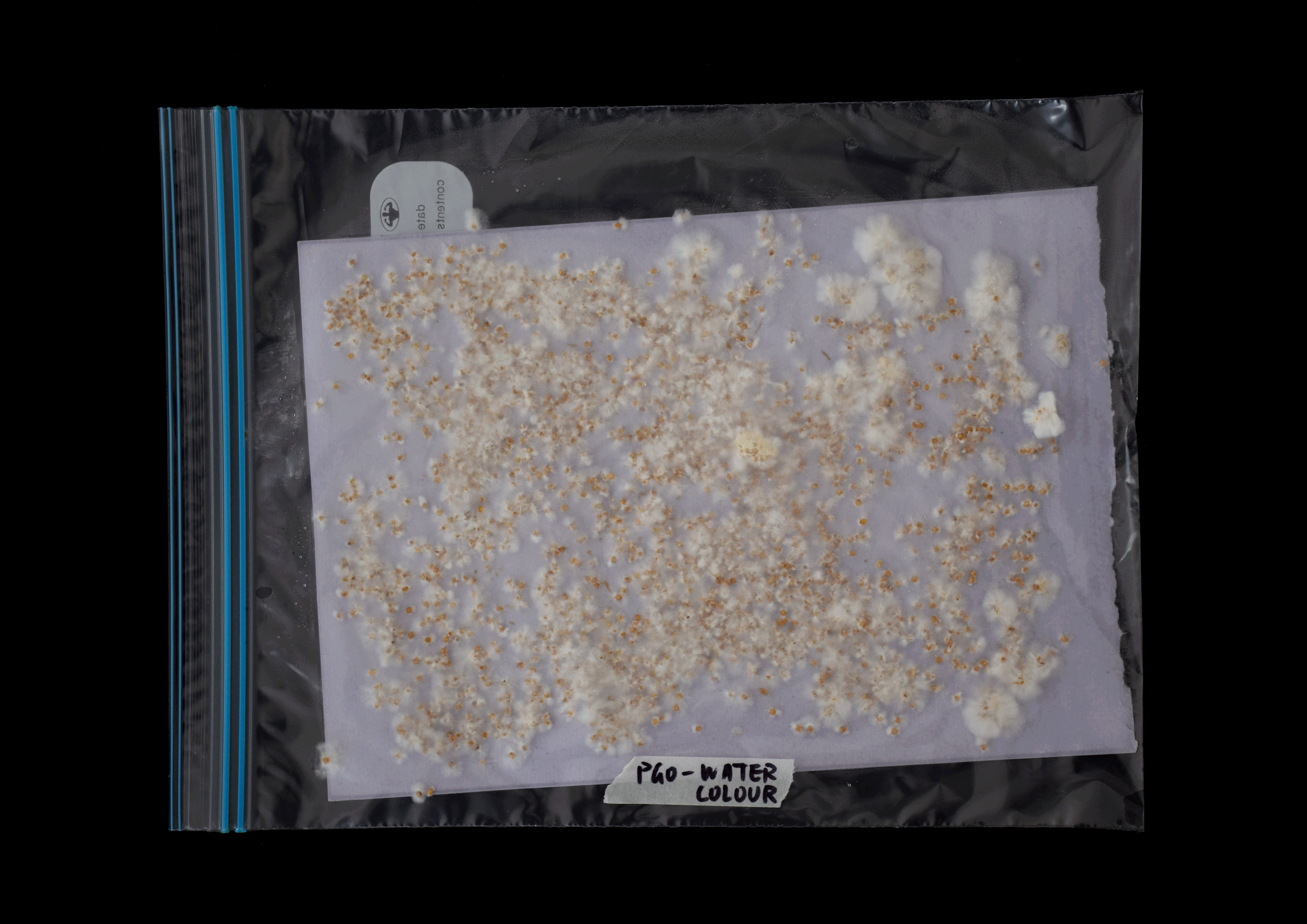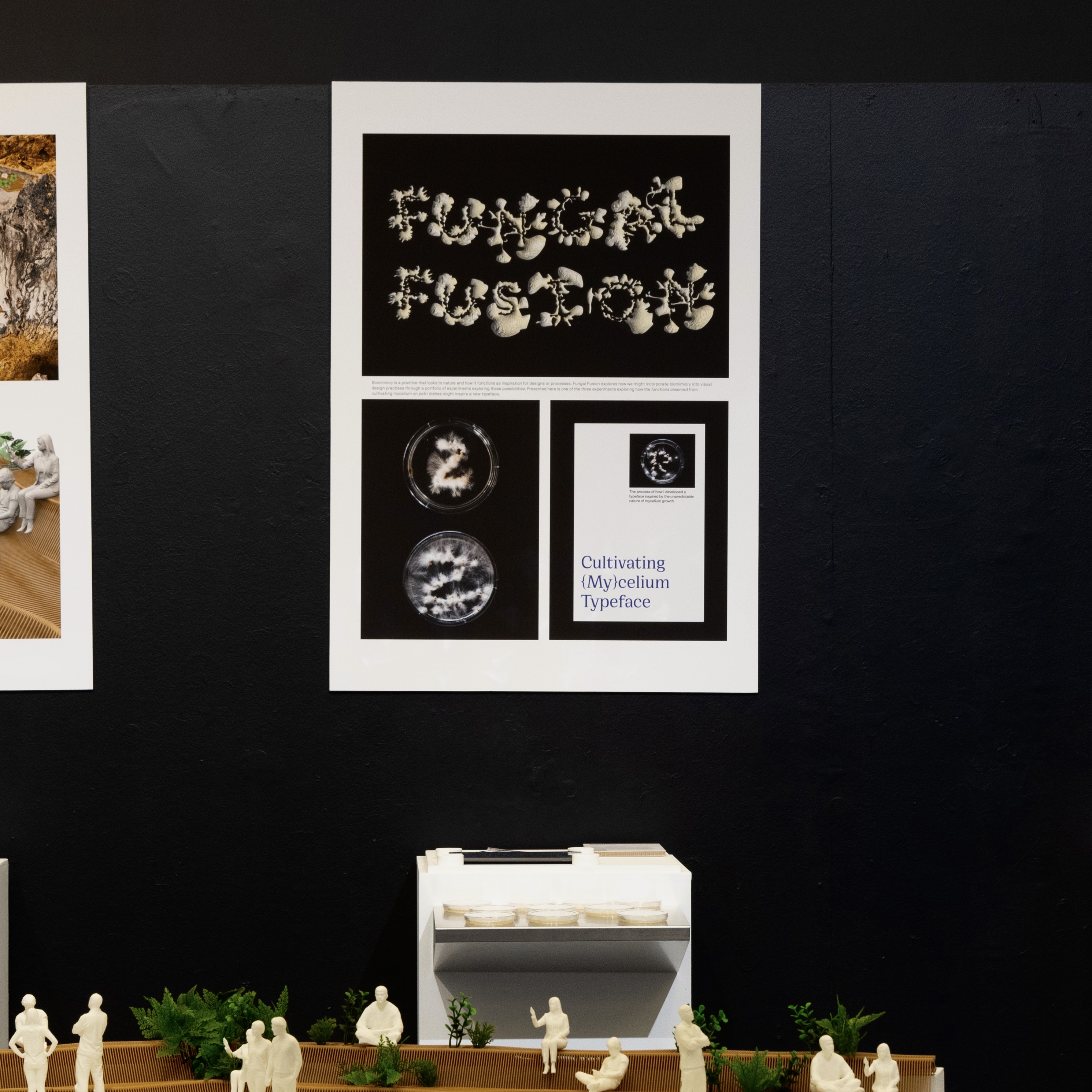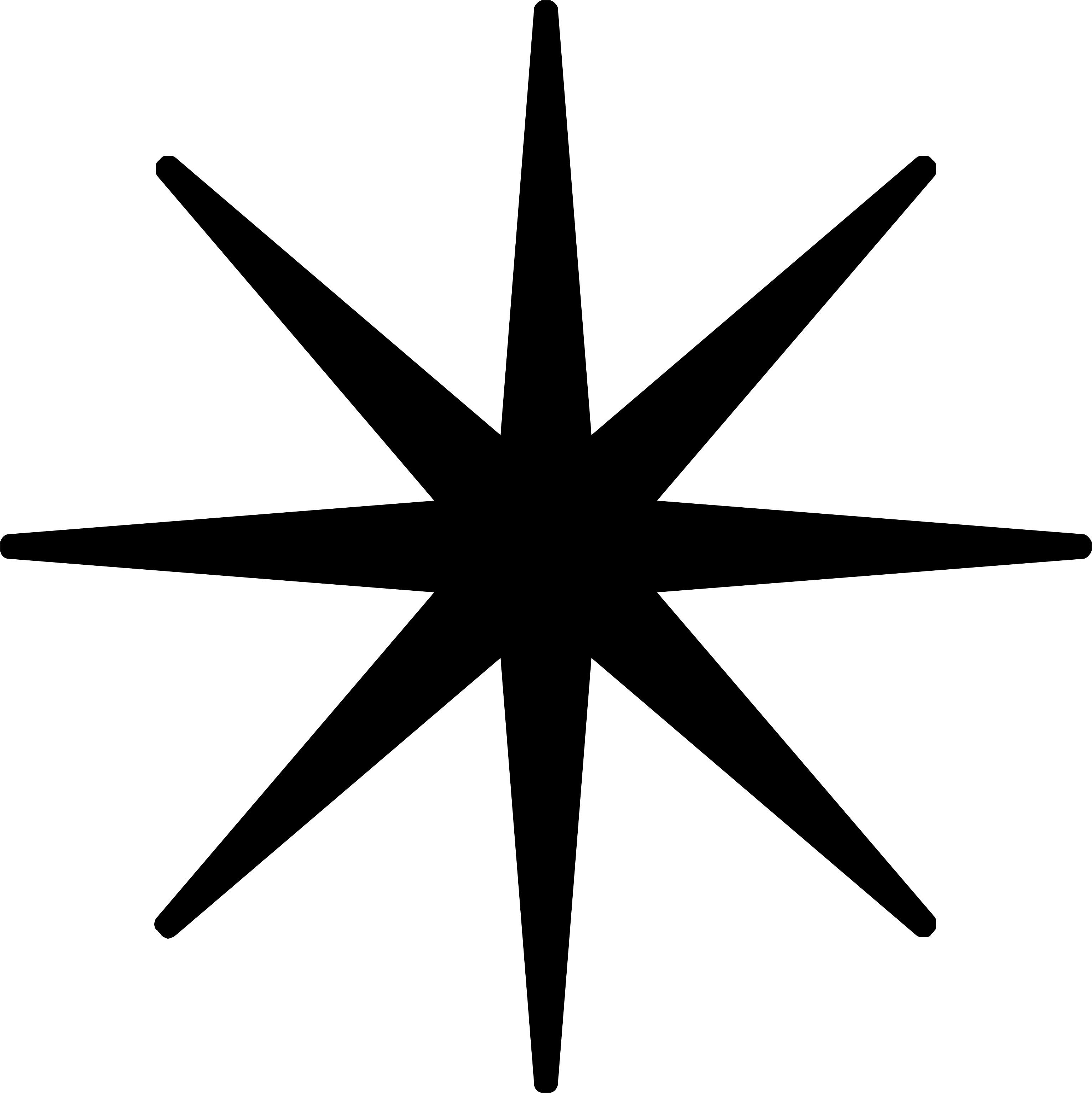Research through Design
Web Design
Typography
Web Design
Typography
This project was made as part of the Visual Communication Honours course at the University of Technology Sydney.
Thank you to studio leader Monica Monin, and faculty members including Jacqueline Lorber Kasunic, Georgina Hibberd, Tom Mellick for all your support and guidance.
And to all my peers in the 2023 Viscom and Photo Honours cohort.
︎︎︎ FUNGAL FUSION
Fungal Fusion is a curated series of experiments exploring how biomimicry—drawing inspiration from natural systems—can be applied to visual communication design. Focusing on fungi, it translates the growth patterns and structures of mycelium into typeface and grid design, documented through a designed website with process insights and critical analysis.
Explore the project at:
︎︎︎Fungalfusion.com
Published in New Glyphs, New Writings by Another Graphic,2025
Australian Good Design Award Winner 2024 / Next Gen
The One Club for Creativity / Young Ones ADC 2024 (Capstone) Merit
World Brand Design Society / Student 2024/25 (Graphic Design) Gold
Communication Arts 2024 / Design Student Work Finalist
AGDA Awards 2024 Student Digital (Websites) Distinction
AGDA Awards 2024 Student Design Crafts (Typography for Design) Distinction
AGDA Awards 2024 Student Print (Catalogues, Booklets & Brochures) Distinction
AGDA Awards 2024 Student Brand (Logos, Trademarks & Symbols) Merit
AGDA Awards 2024 Student Brand (Brand Identity) Merit
AGDA Awards 2024 Student Design Crafts (Photography for Design) Finalist
AGDA Awards 2024 Student Design Crafts (3D Rendering for Design) Finalist

Fungal Fusion investigates the potential for biomimicry to open up new ways of thinking through visual communication design. This project also speculates how the potential for exploring alternative perspectives and methods that may be grounded in non-human beings.
It all starts with just a spore.

THE PROCESS
Using the biomimetic design process, three material-based experiments observed fungal growth—from cultivating mycelium to mushroom development. Insights from these studies informed a design proposition, with each experiment documented in a scientific log format.
EXPERIMENT 01.How might the functions observed from cultivating mycelium on petri dishes inspire a new typeface?
EXPERIMENT 02.How could the life cycle of mushroom growth lead to the development of a grid system?
EXPERIMENT 03.What innovative grid layout concepts could be inspired from the unique structure of the mycelium network?
EXPERIMENTS:
1. Mycelium Cultivation Typography
Exploring the possibilities of creating a new typeface through the process of biomimicry, drawing inspiration from the functions and processes observed in the first stage of mushroom growth (the development of mycelium).





2. Mushroom Kit Grid System
How might observing the stages of mushroom growth from spore germination to mature fruiting bodies be emulated and adapted into creating a grid system? This approach is inspired by nature and seeks to leverage the efficiency and effectiveness seen in natural growth to enhance the rules for organisation and layout of content in a grid system.




3. Mycelium Formation Radial Layout
Investigating the unique structure and formation of the mycelium network as inspiration to develop a new, unconventional layout structure, distinct from the standard grid layout commonly used in visual design.






